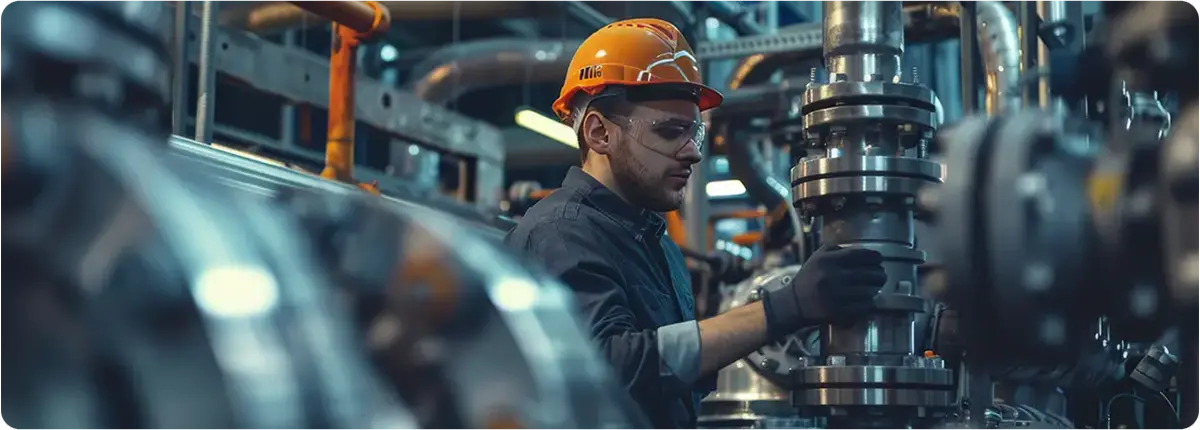Best Practices for Industrial Valve Selection and Maintenance
Industrial valves play a critical role in controlling the flow of liquids, gases, and mixed media in a wide range of applications. From water treatment plants and petrochemical facilities to food production and power generation, these components directly influence system safety, efficiency, and operational costs. Poor valve selection or inadequate maintenance can lead to costly downtime, safety hazards, and expensive repairs.
This article provides a comprehensive overview of how to select the right industrial valve, implement effective maintenance strategies, and store valves properly to ensure long-term performance and reliability.

SELECTING THE RIGHT VALVE: MATERIAL, SIZING, AND STANDARDS
The first step in valve selection is understanding the compatibility between materials and operating conditions. Each type of fluid, temperature range, and pressure rating demands specific material properties to prevent corrosion, wear, or sealing failures.
Common Valve Materials:
- Stainless Steel: Excellent corrosion resistance; widely used in food, pharmaceutical, and chemical industries.
- Forged Carbon Steel: High durability under elevated temperature and pressure; ideal for steam lines.
- Brass: Economical solution for low-pressure water systems.
- PVC / CPVC / PTFE: Lightweight and corrosion-resistant; preferred for chemical handling and water treatment.
Proper Sizing Matters:
Undersized valves can restrict flow and cause pressure build-up, while oversized valves may reduce control accuracy and increase wear. Key considerations include pipe diameter, maximum and minimum flow rates, and operating pressure and temperature limits.
Compliance with Standards:
Using valves that meet recognized international standards ensures both safety and quality. Key organizations include ISO (global design and material benchmarks), ANSI (dimensional and safety requirements), ASME (pressure class and testing procedures), and API (specifications for oil, gas, and chemical service valves).
MAINTENANCE STRATEGIES: PREVENTIVE AND PREDICTIVE
Valve maintenance should be proactive rather than reactive. A well-structured maintenance program not only extends service life but also prevents costly downtime.
Routine Checks:
- Inspect for leaks in seals, gaskets, and joints
- Verify actuator performance (manual, pneumatic, or electric)
- Operate the valve fully open and closed to ensure smooth movement
- Lubricate moving parts to reduce friction
 Convalve
Convalve Convalve
Convalve